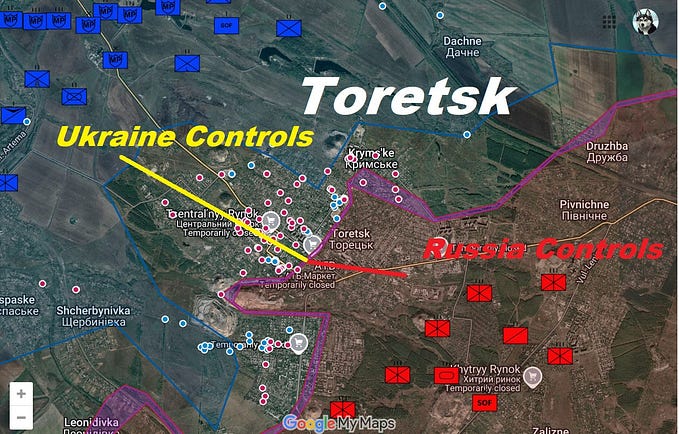
Member-only story
The Rescue Mission to Save Civilization From the Big Melt
Ice patch archeologists are racing against the clock to find ancient artifacts dislodged by climate change
 It is like looking at something from another planet. The mystery tools are both about five inches long, bleached a pale gray with age and the effects of the weather. They were found just over a month ago, lying on icy ground high in the mountains of Norway. For roughly a thousand years they lay trapped in layers of ice. But now they have melted out.
It is like looking at something from another planet. The mystery tools are both about five inches long, bleached a pale gray with age and the effects of the weather. They were found just over a month ago, lying on icy ground high in the mountains of Norway. For roughly a thousand years they lay trapped in layers of ice. But now they have melted out.
“We have no idea what they are,” says Julian Robert Post-Melbye, a member of the archaeological team that found the objects and an archaeologist at the University of Oslo’s Museum of Cultural History. Did they once help fix horse-riding equipment in place? Maybe they were used to shape a specific substance or material. “We just call them ‘wrenches’” Post-Melbye says, “because they look, you know, like wrenches.”
I have come here, to the mountain village of Fossbergom in central Norway, to see these and other objects recently dislodged from the ice. Fossbergom is located in Lom, a municipality with fewer than 2,500 residents, surrounded by three huge national parks crammed with mountains, valleys, and ice. The ice, however, is melting at a quickening rate, and over the past two…










